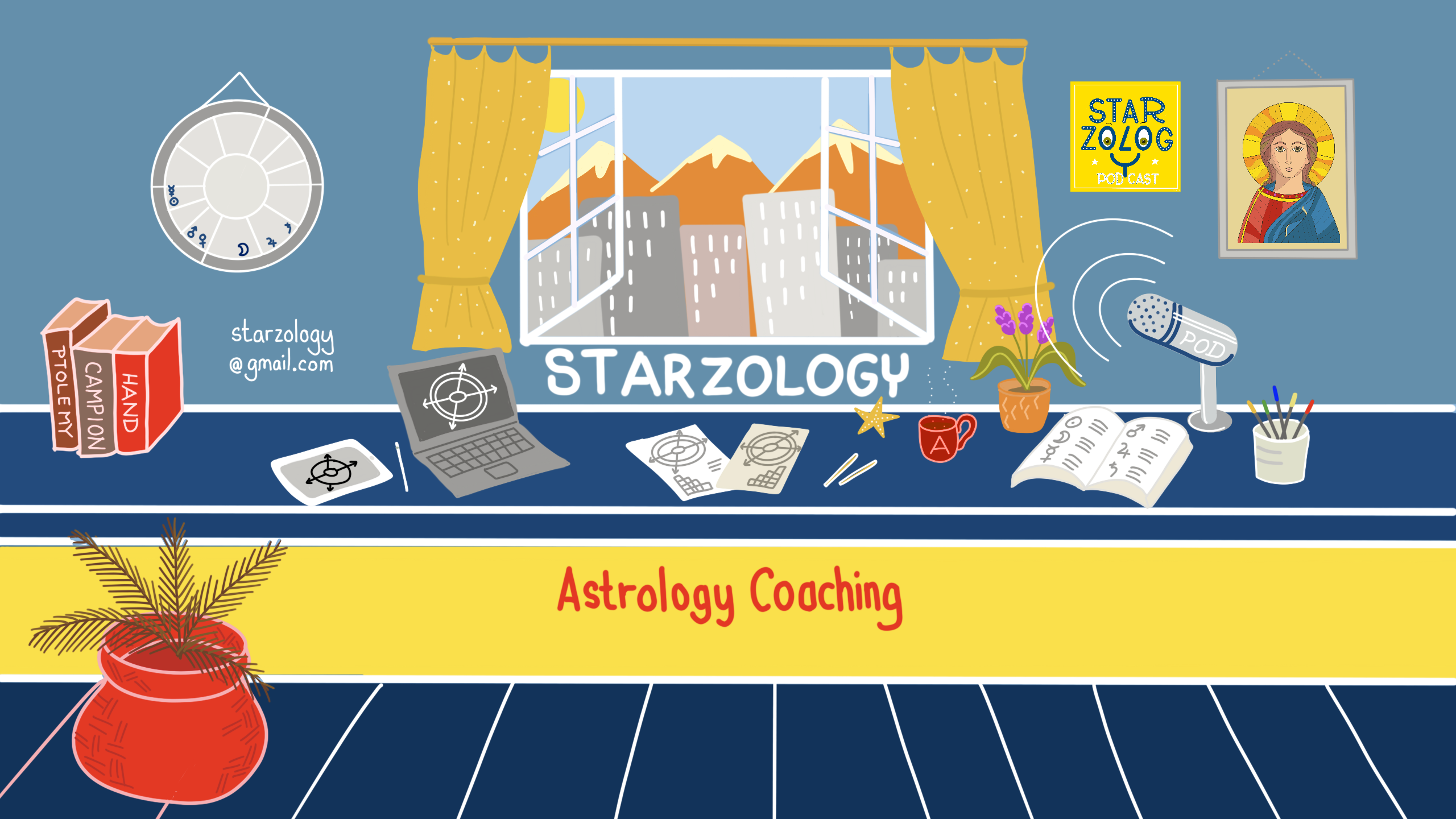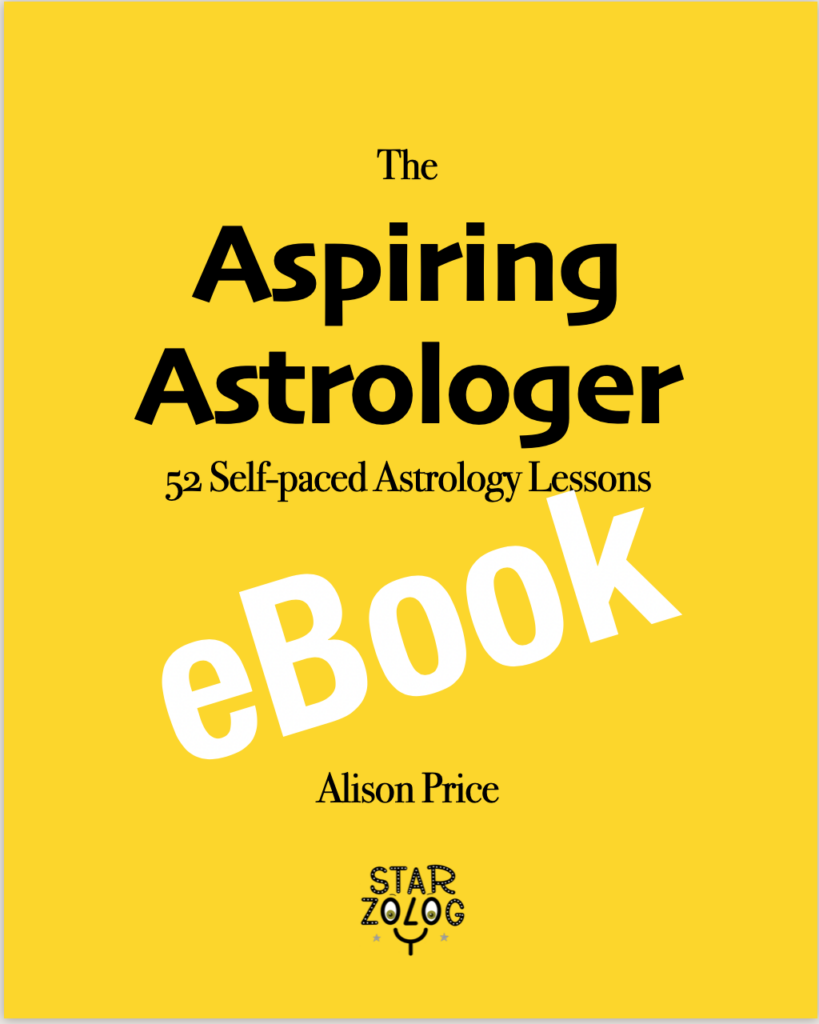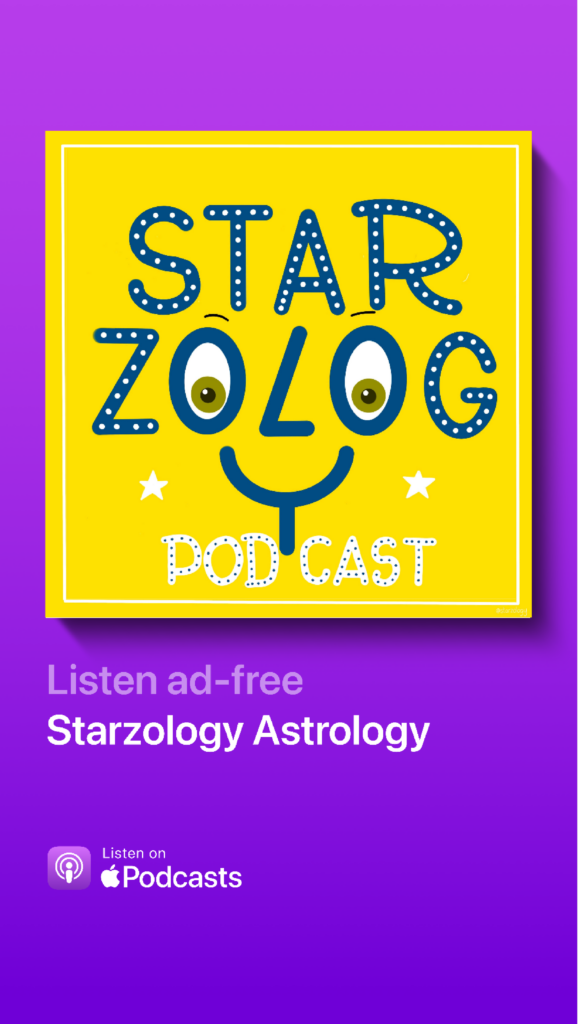In astrology, URANUS in the SIGNS explores how the planet of “awakening” plays out through the 12 zodiac signs.

3 Steps to Interpreting Solar Eclipses
Introduction
Eclipses as Transits
Upcoming eclipses are technically transits that will occur in the future. Each year there will be at least two solar eclipses, and there could technically be five solar eclipses as there was back in 1935. It’s just a good idea to get your forecast material organized ahead for each upcoming year. I typically do this in October, November and December to make sure I know when the eclipses will be occurring and what their likely impact is going to be.
Number of Eclipses
If you do decide to work with eclipses, you will typically only have two solar eclipses in most years. For example, 2025 has only two solar eclipses which is pretty much what often happens. Any time investment you make into understanding eclipses, for say next year, will benefit you for all the forecasting or horoscopes that you do in that year.
3 Steps to Interpreting Solar Eclipses
3 Steps
There are three steps to interpreting solar eclipses which are general, family and personal.
- General: The solar eclipse chart itself.
- Family: The original family Saros chart to which the eclipse belongs.
- Personal: The solar eclipse in a (yours or your client’s) natal chart.
Interpreting Solar Eclipses
Not all eclipses are created equal, and not all eclipses will affect individual people either the same or at all. Each solar eclipse has to be analyzed on its own merit. As an astrologer, you need to determine just how effective each eclipse will be.
In general, by the nature of the actual Saros family chart and whether or not it will affect individual people such as yourself, your family or your clients by its position in the Zodiac.
Eclipse Timing
You will still need to pay attention to exactly how long the effect of each eclipse will be. Although the consensus is that the effects of eclipses last six months, I don’t believe this is the case. You need to pay attention to the totality of the eclipse to calculate the time of effect for each eclipse.
Three Steps
Let’s look at our 3 steps:
Step 1: General, we’re looking at the actual eclipse chart and interpreting it as it stands by itself.
Step 2: Family, we’re looking at the family. That is the original Saros family. All eclipses belong to a Saros family which can last for over 1000 years and there are around 70 ish eclipses in each family. The idea is that you look at the original eclipse family chart, that is the birth chart for the Saros. This chart will tell you about the core nature of this particular eclipse family itself.
Step 3: Individual, is the personal effect of an eclipse, such as how will it affect you or your family or your client’s chart. You do that by finding where the actual eclipse contacts your chart, or not.
For example, if you have an eclipse that occurs conjoined your Sun, it will definitely affect you. But if that same eclipse happens on your sister’s chart and it does not make any conjunctions or oppositions, it is unlikely to effect her whatsoever. In this case the eclipse will just pass her by. Let’s have a closer look at the three steps to interpreting solar eclipses.
Step 1: General: The Solar Eclipse Chart Itself
House System
Cast the eclipse chart on the Zero Aries house system unless you are doing horoscopes for a particular location.
Details
The solar eclipse on October 2, 2024, occurs at 10° Libra. When considering specific eclipses, you need to focus on the zodiac degree where the eclipse occurs.
South Node
The October solar eclipse is at the south node. In this case, the node is in the same sign as the actual eclipse, in Libra. So, in this case, we’re looking to Venus as the ruler of this eclipse.
Note that if the node is in the adjacent sign to the eclipse point, you must consider both the ruler of the node and the ruler of the eclipse.
Interpretation
Solar eclipses at the South node, are symbolically of a low tide washing off a beach. As the tide flows out, it removes driftwood and other stuff from the beach.
Aspects
Mercury is conjoined this eclipse and the eclipse is squaring Mars at 15 Cancer. There is also a sesquiquadrate to Uranus.

Step 2: Family: The Original Saros Chart
Reference
Please note, I’m referencing Bernadette Brady’s fabulous book, Predictive Astrology, The Eagle and the Lark.
Brady has done some spectacular research and lists all the Saroses and the Saros birth charts.
S.S. 8 South
The original Saros family for this eclipse is Saros Series 8 South.
The first eclipse occured on April 1, 1718, at 15:02 GMT at the South Pole.
This particular Saros family will end with the last eclipse in April 2962.
Planets
The Sun and Moon are at 10° Aries.
Mercury is at 19° Pisces.
Venus is retrograde at 23° Aries.
Mars is at 20° Taurus.
Jupiter is at 24° Cancer.
Saturn is retrograde at 29° Libra.
Uranus is retrograde at 3° Libra.
Neptune is at 14° Taurus.
Pluto is retrograde at 12° Virgo.
North Node is at 24° Virgo.
Aspects
Saturn is on the New Moon / Mars midpoint.
Saturn = Mew Moon / Mars.
Interpretation Keys
Separation and loss. To be parted. To finish something, and to feel sad at its completion. Physical injury is also possible through over straining one’s strength. This is not the time to undertake strenuous physical activities.

Step 3: Personal: The Solar Eclipse in a Natal Chart
Natal House
When interpreting eclipses, you need to look at the house in the natal chart where the eclipse occurs. In this solar eclipse, we’re looking for 10° Libra. What you need to do is find the house in your chart where 10° Libra is and that will be the house which will be affected by this eclipse. If you are working with clients, you would look at their natal charts to see where this eclipse occurs in their chart.
Aspects to Consider
- Pay close attention to any natal planet that conjoins the eclipse.
- Consider any oppositions to the eclipse.
- If there are natal planets conjoined or opposing the eclipse degree, you do need to interpret them thoroughly.
Aspects to Ignore
If there are no conjunctions or opposition to this eclipse you can move on. I tend not to consider squares and or trines from eclipses. This is due to the nature of the eclipse, which is either an opposition or a conjunction. Of course, you can explore every aspect and if you have time then do so, but I never do.
Interpretation
South node eclipses remove things from you in the nature of the house in your birth chart where the eclipse happens. South Node eclipses provide release for you from information, insights, friends, jobs, situations or events in your life. It is the time to let go of what you’ve been holding you back.
This is the moment to free yourself of emotional baggage or limiting beliefs which you perhaps have held on to for too long. This is the time for initiating relationships of all kind. There is a window of around three months where this eclipse has influence.
Pay close attention to what unfolds on the day the eclipse as this will set the tone for the next quarter. If your birthday is within the week of this eclipse, this influence will stay with you longer than for other people to around twelve months.
Eclipse Path
On the datasheet, the eclipse path is clearly marked with the red line. It is always an interesting to see exactly where the shadow of the Moon with sweep across the face of the Earth. This particular eclipse runs across the Pacific Ocean and just touches the very end of South America.

Orthographic Map
Data Sheet
You can download an orthographic map of every eclipse from the NASA website on public domain. I prefer to call this an eclipse data sheet as it has everything you need, astrologically, for an eclipse. I don’t pay attention to everything on the document as there is so much information which is not relevant to me as an astrologer.
Totality
What I do look for in a solar eclipse is the duration of totality. In this case it is 7 minutes 25 seconds which converts to a period of influence of seven and a half months which is pretty long. Now the next solar eclipse will occur on March 29th, 2025, which is before the seven and a half months are up for this eclipse. Typically, when a new solar eclipse occurs it will supersede the previous one. I urge you to test this for yourself if an eclipse contacts your chart with a close conjunction.
Individual
Natal Chart
Let’s have a look at the October solar eclipse in relation to an individual’s chart. Looking at Kamala Harris’s chart, we note that the solar eclipse is at 10° Libra. This means that it will occur in her 5th house.
Aspectarian
Considering the aspectarian for Kamala Harris, here her natal planets are across the top (X- axis) and the solar eclipse planets are down the vertical (Y-axis). We can isolate the eclipse, which are the Sun on the Moon’s aspects, from the solar eclipse chart.
To see which eclipse aspects form in her chart, we note that the only aspect that there really is from the eclipse point is the sesquiquadrate to Jupiter. As I’ve said before, typically when working with eclipses, I only consider aspects which are conjunctions and oppositions.
Of course, you may explore this chart in far greater detail if you wish, starting with the sesquiquadrate to Jupiter. Furthermore, you could go on to consider all the other contacts from the solar eclipse chart.
Remember that these aspects in the aspectarian, like Uranus applying to her Jupiter, are actual transits for her as well and would normally be picked up when you did the transit work first.


Solar Eclipses Reflection
Opportunities
Working with eclipses is very thought-provoking. And in general, you only an opportunity twice each year to witness a solar eclipse in action.
Natal House
I would be interested to know in which natal house this particular solar eclipse occurs for you. For myself, it will be in my 4th house, conjoined my Immum Coeli. So this is one of those solar eclipses that does closely contact my chart and I will be paying close attention to what unfolds on eclipse day.
Starzlife
Premium Astrology Newsletter
This piece originally appeared in our Starzlife premium astrology newsletter. As with every issue, subscribers received a complimentary PDF download related to this topic.
For those interested in receiving such in-depth articles directly upon release, we encourage you to join our Starzlife premium astrology newsletter.
Your subscription to Starzlife not only grants you access to exclusive content but also helps sustain our creative endeavors and operational costs.
⠀
Find out more about Starzlife here.
⠀
Author Bio
Alison Price: Professional Astrologer
Alison helps you uncover your individual creativity and lead a fulfilling life using your own astrology. She shares her wisdom from the heart with a touch of humor. She offers Consultations for everyone and Coaching for Aspiring Astrologers.
If you’d like to get in touch with Alison, you can reach out to her via email at starzology@gmail.com.
More Articles
If you enjoyed this post, you may like some more astrology related articles from our blog.

Mars in Leo
In astrology, the transit of the red planet MARS in LEO is always an exciting and highly charged time of the year.
No Results Found
The page you requested could not be found. Try refining your search, or use the navigation above to locate the post.


















